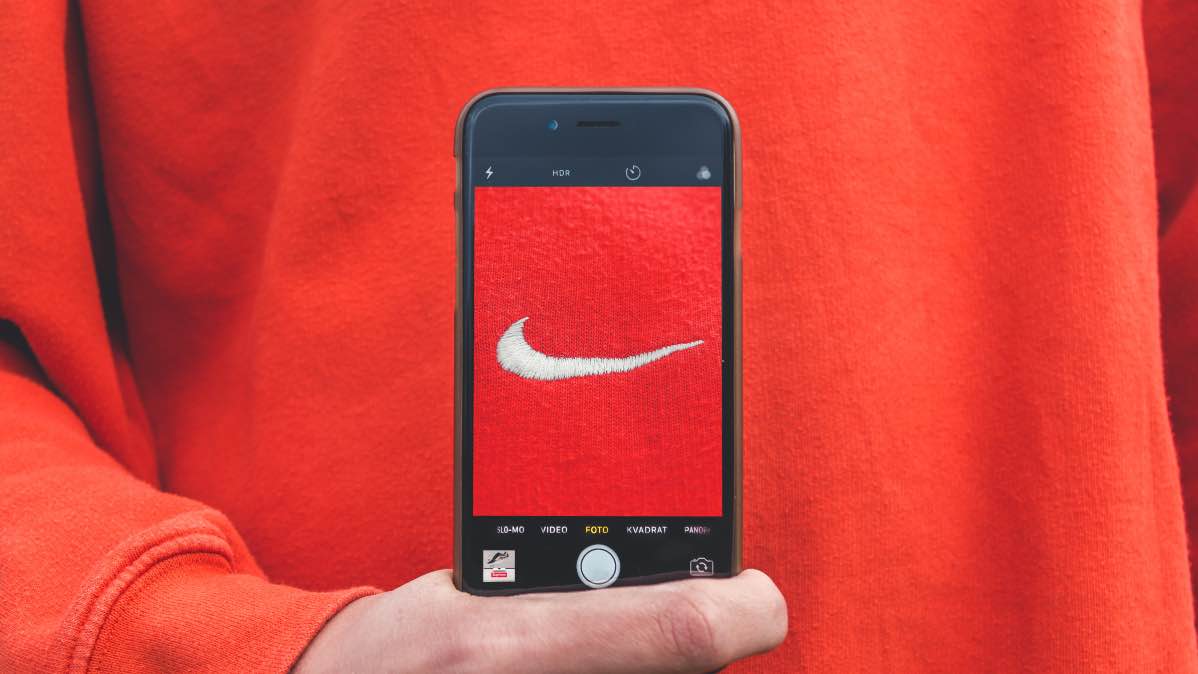The analysis carried out in previous articles brought to light the concept of positioning, closely linked to branding. As mentioned, this concept requires a broad understanding of the consumer and their social, cultural, and emotional situation. The modern notion of positioning leads branding to be closer to customers. It’s not just about digging into their needs. It’s about being in the right place, at the right time, and connecting with the right person to establish effective contact and produce a strong bond between brands and customers. In this divergent era, it is so more selective, dynamic, and changing consumers. The concept of dynamic positioning was born as a way to achieve more personal contact and create long-term relationships.
Brands and companies are going through a customer loyalty crisis and losing weight daily. Faced with this need, they only manage to compete based on price, which becomes the only decisive variable.
This way, attention is concentrated on millennials as the determining audience to win markets. That is because they are the people who will have purchasing power in the next ten years. In addition, they are within the demographic range of between 20 and 40 years.

New audience, new rules
According to Emiliano Galván, VP of Wunderman, this group of millennials has an extraordinary characteristic. They value what they expect from a brand differently than other generations do. On the other hand, they are not as loyal to brands and do not give their loyalty for free. These customers constantly evaluate brands and are very harsh when punishing them. Likewise, they are not loyal to those brands that do not understand what is happening to them.
With this, new rules for positioning arise. Entering and remaining in the customers’ minds is increasingly complex. In addition, it requires a joint effort between the companies and an interdisciplinary team that provides creativity, empathy, solid values and beliefs, and a commitment to sustaining it over time. For this, we must establish the strategic guidelines that form the basis of a strong positioning. And as mentioned above, they must be thought from the inside out of the organization.
In the past, as Serra, Iriarte, and Le Fosse mention, positioning was a reasonably static concept. Once you position a brand in a customer’s mind, it is not easy to lose that achieved positioning. Today, the rules have changed. Marketing and advertising must join forces to position brands amid a great deal of noise.
Indeed, as Trout and Rivkin state, a world oversaturated with content, messages, media, and communication channels, drastically affects how the mind accepts or ignores the information offered.
Adapt or die
On the other hand, we can add to this issue the change phenomenon. As discussed in previous articles, the environment is constantly changing. New technologies, competitors, and consumption habits make markets leave companies behind. As the principle of adaptation establishes: if the environment changes – If the needs of customers change – companies must adapt and change. Thus, they must reposition themselves and get customers to follow them to their new position.
In this way, the natural consequence of this adaptation to changes and new positioning is that brands revive with a new form of communication. That is a more straightforward and transparent speech. With those tools, the brands will meet the audience’s expectations and provide better elements to customers for their decision-making. As a consequence of this, a new concept arises; dynamic positioning.

How does dynamic positioning work?
Brand loyalty begins to lose strength in this environment with such changing and dynamic consumers. It’s improbable to maintain a position over time without taking concrete actions to sustain it. As a definition of traditional marketing positioning, the importance of manipulating potential customers’ minds begins to lose effectiveness in the struggle to develop the essential skills to sustain a long-term brand.
This issue is because, as Serra, Iriarte, and Le Fosse say, consumers are less conservative and less traditionalist. They seek solutions to needs before technologies and require a response rather than identification with a brand. This point is essential to understand the entire logic of dynamic positioning.
As discussed above, customer engagement is a game-changer for marketing and advertising. For Emiliano Galván, marketing today is based on the individual, on the person. It’s not based on the consumer of a particular category. It’s based on the subject who doesn’t even consume that category. And to go further, it establishes that this has to do with the functionality of a brand, transcending categories and being at the right time to satisfy a particular individual’s need. That is understanding what happens to the person at a given moment. Therefore, the brand value proposition is to meet that specific need at that particular time and place.

How to take advantage of dynamic positioning?
Since then, several authors have started talking about hyper-segmentation. Thus, the big brands begin to fragment their offer to reach new customers. These consumers seek increasingly specific and personalized products, far from the mass market. According to Serra, Iriarte, and Le Fosse, this allows the formation of new market niches, which determines the constant appearance of new companies, either to supply these niches or to create new ones.
As discussed above, building a successful strategy involves the confluence of many disciplines and tools. From branding, distribution, and price, through information, packaging, and even how to help share marketing actions with the rest of the audience. This case is what is called a functional brand. It is the one that manages to provide the customer with a product or service at the right time, place, and measure to meet their specific needs. This strategy can be decisive when deciding between consuming one brand or another.
Need to diversify
Another essential factor to consider is that many companies need to diversify their product portfolio due to the rapid pace of technological change. Or maybe, with the quick and unpredictable shift in consumers’ habits and attitudes, or with the increase in both external and internal competition, they lose the perspective and position of their markets. According to Trout, that brings the need for repositioning as an inevitable consequence. The idea is for the brand to once again rely on that competitive advantage that was able to make it grow.
In the middle of the twenty-first century, the world is manifested in permanent change, with increasingly selective customers. It’s in this way that, to better understand the positioning of a company, it is necessary to work with several models simultaneously.
Finally, it’s essential to remember that connecting with the audience and conquering a market niche requires having extensive knowledge of your own and knowing how to tell it. The challenge is to achieve it at the right time and place and in the right amount. Therefore, a good distribution strategy will be vital to effectively meeting the brand’s objectives.




